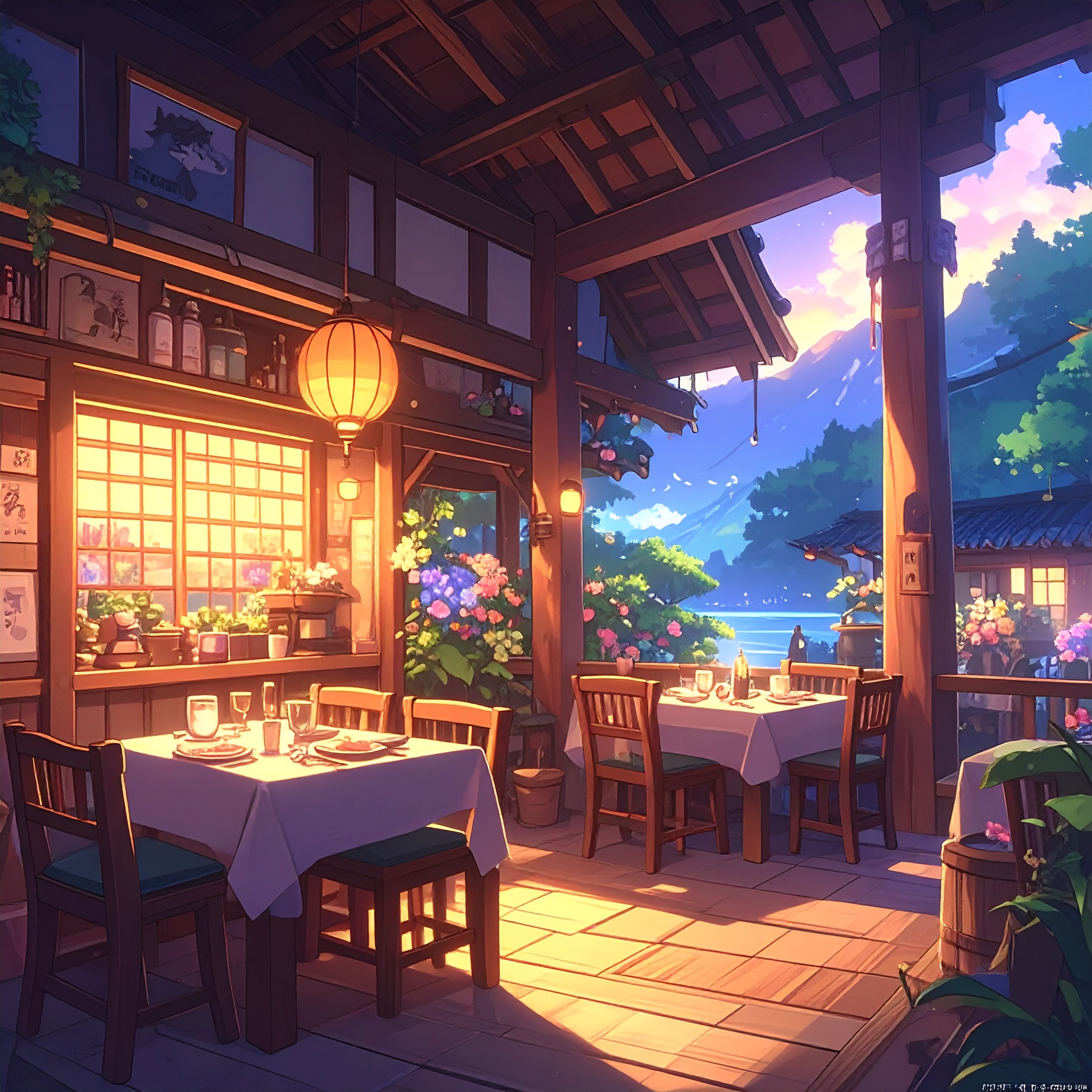The reservation screen had simply said “dinner included.” I hadn’t expected much. But that night, at a traditional Japanese ryokan, I experienced something far beyond anything I had imagined. After being shown to my room, changing into a yukata, and soaking in the onsen, the door quietly slid open—and a staff member began to bring in the evening meal. What followed was not just dinner, but a full course kaiseki experience that left me speechless.
The first thing that struck me was the sheer beauty of the presentation. Seasonal flowers and leaves, the choice of dishware, the way each ingredient was sliced—everything seemed artfully considered. The appetizers, arranged with color and care on a small plate, looked like a painting. Though each item was only a bite-sized portion, their presence was powerful.
Next came a delicate soup made with local vegetables. As I lifted the lid, the fragrant steam rising from the broth seemed to melt away every last trace of tension. The taste was subtle, pure. Nothing was excessive. And yet, the depth of flavor drawn solely from the ingredients was astonishing.
From there, course after course arrived—grilled dishes, simmered dishes, steamed, and fried. Each showcased a different traditional Japanese cooking technique. No dish tried to dominate, and yet each had its own personality. The colors, textures, aromas, and flavors were so thoughtfully harmonized, I found myself pausing to appreciate every detail. One dish in particular—a seasonal fish grilled over charcoal—was unforgettable. The skin crisp, the flesh tender, it revealed the chef’s skill the moment my chopsticks touched it.

The pace of the dinner was perfectly measured. The nakai-san (attendant) brought each course with gentle timing, offering a brief but meaningful explanation with each dish. “This bowl is Shigaraki ware,” or “These mountain vegetables are locally foraged.” These small comments added depth and a quiet narrative to the meal. Eating wasn’t just about taste—it became a way of feeling.
By the time the white rice and miso soup arrived, I was already full—but I didn’t leave a single grain behind. The freshly steamed rice was plump and fragrant, with a natural sweetness. The miso soup was gentle and comforting, grounding the entire meal with a sense of warmth and closure. And then came the dessert: a chilled seasonal fruit delicacy, refreshing and subtle—the perfect final note to a beautifully composed experience.
Dinner at the ryokan was not just a meal. It was a moment to unwind, to engage with culture, and to be quietly moved. The culinary techniques, the respect for ingredients, the careful choice of tableware, and the timing of each course—all came together as a refined expression of omotenashi, or Japanese hospitality. In every detail, I felt the depth of Japanese aesthetics.
The true joy of travel isn’t found only in the scenery or architecture—it’s also in these moments that engage the senses. That night, seated on tatami, enjoying a meal that can’t be captured in a photo, I experienced something unforgettable. The memory remains vivid, not on my camera roll, but in my heart.
When I visit Japan again, a ryokan dinner will be a must. A meal like this speaks beyond words—it conveys the spirit of the place and the heart of the people. And by the end of the journey, you realize just how rare and generous that offering truly is. That dinner was nothing short of art.




